THE MYTHIC MISSISSIPPI PROJECT IS SUPPORTED BY A UNIVERSITY OF ILLINOIS SYSTEM-WIDE GRANT FROM THE “PRESIDENTIAL INITIATIVE TO CELEBRATE THE IMPACT OF THE ARTS AND HUMANITIES”
The “Mythic Mississippi Project” was inspired by the issue of under-exploitation of cultural heritage resources in the state. In addition to the World Heritage Site of Cahokia Mounds, Illinois has many other cultural heritage resources. Our project focus is largely downstate where we are seeking to develop multiple regional-level tourism trails that will link local towns according to particular heritage themes. The project moreover seeks to “layer” cultural heritage trails in particular towns, wherever possible, so as to achieve “attraction density” and thus promote visitation.
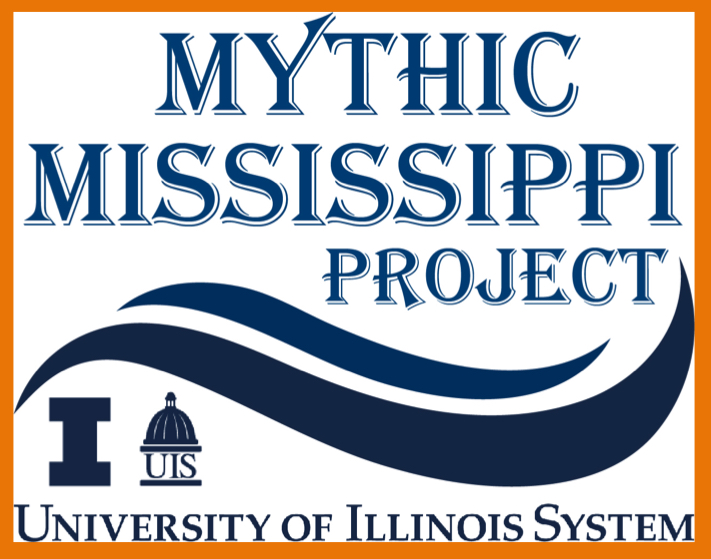

Project Co-Director, Helaine Silverman, was featured by the U of I’s News Bureau in their “Illinois Experts” announcement on October 18, 2023 – discussing cultural heritage districts, a topic of direct relevance to the Mythic Mississippi Project: https://news.illinois.edu/view/6367/1581542402?utm_medium=email&utm_campaign=ytshmrts&utm_source=dailyroundup
Read our first article about the project, one-third completed, published in Illinois Heritage (July-August 2022 issue). Click here: https://uofi.box.com/s/wn1yyjmiuo9o1cnjy6jvtxxa1yjiemzz
Watch this video in which Dr. Helaine Silverman (UIUC) and Dr. Devin Hunter (UIS), project co-directors, discuss the Mythic Mississippi with their colleague, Brad Winn. CLICK on the link: https://mediaspace.illinois.edu/media/t/1_di46ct1l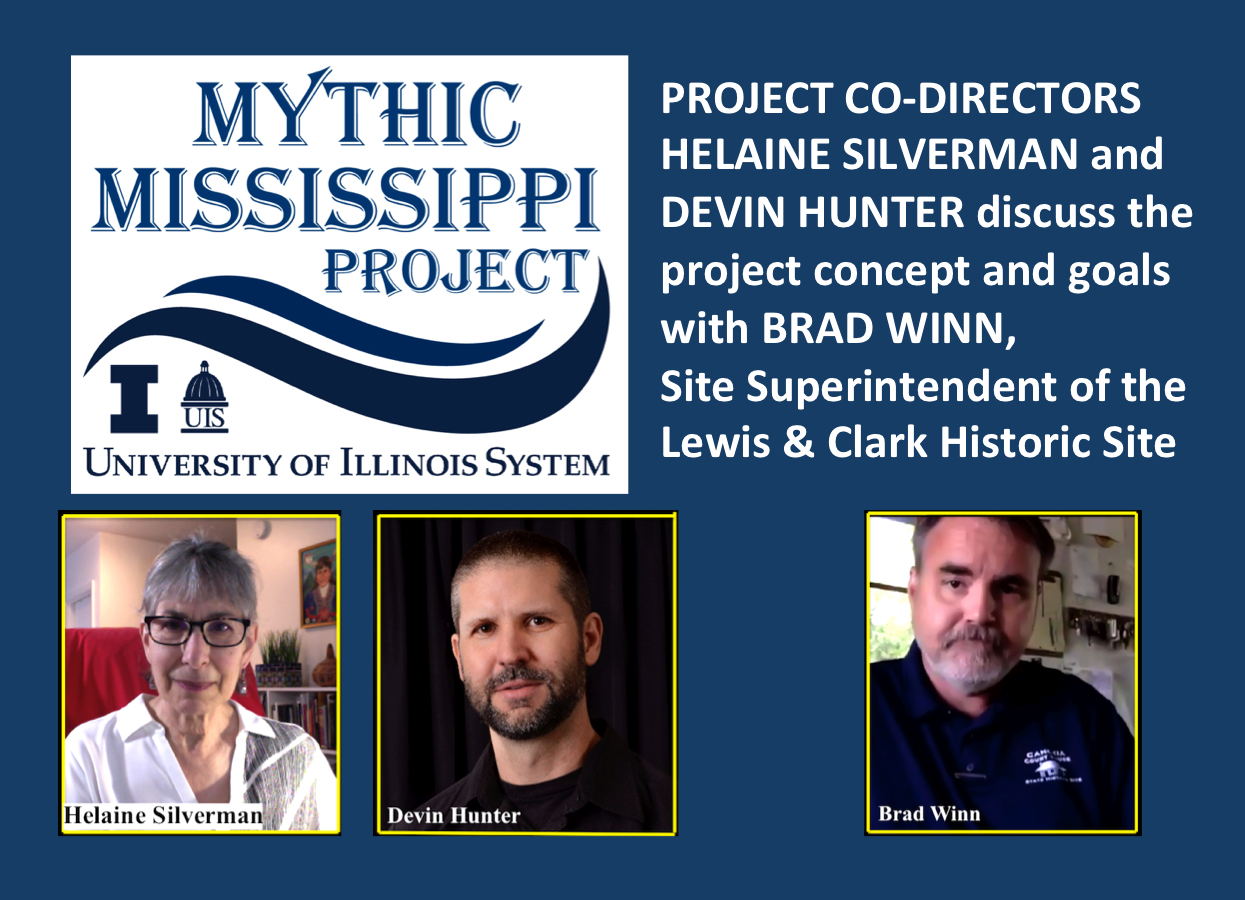
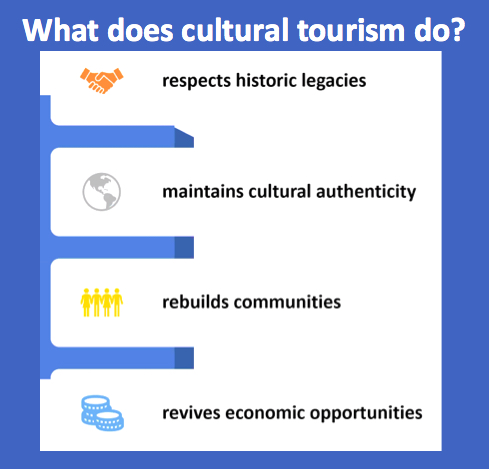
We are proposing the following heritage tourism trails to be co-developed with local communities:
- African American heritage: Underground Railroad sites in towns such as Alton, Quincy, Godfrey and Jacksonville; free Black communities such as Brooklyn and New Philadelphia National Historic Landmark; linking to the Lincoln National Heritage Area and specifically to Springfield with the Central Illinois African American History Museum, Lincoln Home NPS, Illinois Freedom Project, and the 1908 Springfield Race Riot Site and Lincoln Monument. This trail intersects the French colonial heritage theme because of African/African American slavery. Moreover, there is an important history of African American miners, thereby linking to the coal heritage route.
- Coal mining heritage/labor heritage: Illinois was the first place in North America where Europeans discovered coal: along the Illinois River in 1673. Indeed, Illinois sits on a vast bed of coal and its massive development as an energy resource generated some of the greatest labor struggles in U.S. history, many of which played out in southern Illinois. Note that a statue of a coal miner stands on the grounds of the State Capitol in Springfield. Moreover, coal mining was intimately connected to European immigration into Illinois, particularly Italian, Croatian and Lithuanian.
- Mormon heritage: Nauvoo was the pioneer epicenter of the early Mormon religion from which Mormon (Church of Jesus Christ of Latter Day Saints) caravans started west, crossing the Mississippi River. We believe the towns of Nauvoo and Carthage can be developed as major American historic and heritage sites beyond their attraction for the Mormon community. We also include Warsaw because of its historically significant anti-Mormon sentiment in the early days of that church in Illinois. And we include Quincy which gave refuge to the Mormons when they were forced to flee Missouri. A Mormon link can furthermore be drawn to Springfield.
- French Colonial heritage: National Register of Historic Places French Colonial Historic District (1974). Cahokia (the town, not to be confused with the ancient mound site), Prairie du Rocher, Fort de Chartres, Kaskaskia, Fort Kaskaskia, the Pierre Menard Home and Garrison Hill Cemetery, all of which offer a fascinating history as well as a rich architectural heritage. Chester is the gateway to this heritage.
- German heritage: The entire historic districts of Waterloo and Maeystown are on the National Register of Historic Places. Warsaw also had a flourishing German occupation producing, most notably, the Warsaw Brewery. Mascoutah is similarly important for German immigration.
- Portuguese heritage: There was a significant Portuguese presence in Springfield (which is, furthermore, linked to Abraham Lincoln) and in Jacksonville.
- Native American heritage: Anchored by Cahokia (capital of the eponymous great Mississippian civilization) and including Dickson Mounds Museum in Lewistown, the Illinois State Museum in Springfield, the Potawatomi Trail of Death markers and the Center for American Archaeology Museum in Kampsville. Note, too, that Native Americans controlled the salt licks of later interest to the French, thus intersecting the French Colonial trail. We also include the Piasa cliff drawing at Alton.
- Western Illinois Pioneer Trail: Our area of interest lies within what has been called “Forgottonia” and that includes the 1812 Military Tract. It consists of a circular route starting in Springfield and running through Morgan, Pike, Adams, Hancock, McDonough, Fulton, Mason, and Menard counties. The WIPT layers with Mormon heritage, Native American and African American heritage at some places, and – of course – Lincoln. We seek to develop an additional tourism narrative for greater impact.
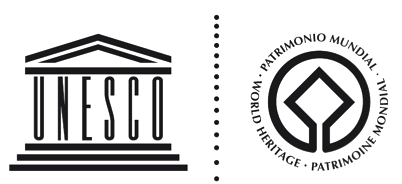
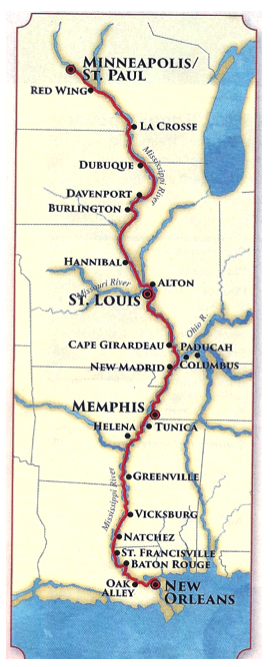 WE BELIEVE THAT THE ENTIRE MISSISSIPPI RIVER SHOULD BE NOMINATED TO THE UNESCO WORLD HERITAGE LIST.
WE BELIEVE THAT THE ENTIRE MISSISSIPPI RIVER SHOULD BE NOMINATED TO THE UNESCO WORLD HERITAGE LIST.

